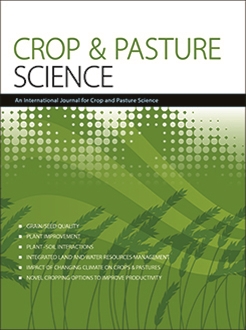Context. Arsenic (As) is a noxious metalloid for plants, animals and humans. Elevated levels of As in soils may cause it to accumulate to above-permissible levels in wheat grains, posing a threat to human health. Moreover, vulnerable population groups in developing countries have inadequate dietary zinc (Zn) linked to cereal-based diets.
Aims. The present study evaluated the effect of soil Zn application on accumulation of As and Zn in grains of two Zn-biofortified wheat (Triticum aestivum L.) cultivars (Akbar-2019 and Zincol-2016).
Methods. Wheat plants were grown on an alkaline calcareous soil spiked with three levels of As (0, 5 and 25 mg kg−1). Before sowing, two rates of Zn (0 and 8 mg kg−1) were also applied to the soil.
Key results. Arsenic spiking in soil decreased plant dry matter yield, chlorophyll pigments, and phosphorus (P) and Zn accumulation, and increased As accumulation in wheat. By contrast, soil Zn application enhanced crop yield and increased P and Zn accumulation, with a simultaneous decrease in As accumulation in both cultivars. Compared with the Zn control, soil Zn application decreased grain As concentration by 26%, 30% and 32% for plants grown in soil spiked with 0, 5 and 25 mg As kg−1, respectively.
Conclusions. Applying Zn to As-spiked soil mitigates the harmful effects of As by increasing Zn and decreasing As concentrations in wheat, resulting in improved grain quality for human consumption.
Implications. Zinc application to crop plants should be recommended for addressing the health implications associated with As-contaminated crops and human Zn deficiency.






